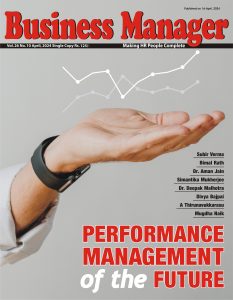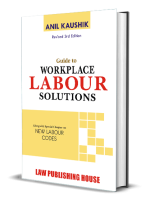Employee wellbeing is becoming a key consideration for organisations as they prepare to reopen their offices and welcome colleagues back to the workplacefollowing the COVID-19 pandemic.
Traditionally not a metric prized by companies in India, employee wellbeing moved into the spotlight as entire populations grappled with the COVID-19 induced lockdowns.
Encouragingly, as we emerge from the worst of the pandemic, companies are sticking to their commitment to ensuring employee wellbeing. They are placing just as much emphasis on the softer aspects of workplace engagement as the more traditional measurable metrics like performance objectives.
As companies begin preparing for a return to work, they can translate this commitment into designing thoughtful new workplaces for their employees to return to.
Research conducted by Godrej Interio has found that nearly two-thirds of the Indian workforce spends at least nine hours a day looking at a screen of some sort. Tight deadlines mean this is often longer.
Also Read: Past, present, and future of equal opportunity hiring system – Prasad Reddy
Unsurprisingly, about 60% of the professionals surveyed by Godrej Interio reported feeling moderate to extreme levels of fatigue. Over half said they had trouble sleeping at the end of the workday.
Fortunately or unfortunately, the connected nature of our workplace existence is here to stay. The same technology that helped us work from home during the pandemic, will continue to form a key part of professional interaction, combining with traditional face-to-face meetings in a hybrid mix.
Which is why it is crucial for employers to design their workplaces to at least take some of the stress of the near-constant connected way of life off their employees.
According to a Gallup survey, firms with engaged employees had 18% lower employee attrition and 23% higher profitability.
Moreover, employees’ perceptions of what work is, what they want from their workplace environment and their desire for a healthy work-life balance have shifted drastically over the two years of the pandemic.
Thus, if companies are to guard against attrition and hold on to their brightest talent, they cannot go back to normal but instead proactively pursue a new normal. Designing new age workspaces is an element of that.
But what could these workplaces of the new normal look like?
The overhaul of the workplace can range from the relatively simple – for example the incorporation of sit-stand desks – to more far reaching like the creation of biophilic workspaces.
Sit-stand desks are desks whose height can be adjusted manually or electronically to make them suitable for working while sitting or standing.
Prolonged sitting can lead to a whole host of health issues, from minor aches and pains to long-term musculoskeletal disorders. These have a knock on effect on productivity as employees struggling with ailments like lower back pain, joint compression, soft tissue injuries and complications from reduced blood circulation keep having to take time off work.
This is the most basic change companies can make to their offices. Among the more far-reaching changes, they can build biophilic spaces into their office environments.
A study by Human Spaces showed that a Biophilic office increased health, wellbeing and creativity by 15% and productivity by 6%.
Companies also need to come to terms with the fact that employees may no longer view offices as they did pre-pandemic. The pandemic has proven that work can happen from anywhere. The role of the office may evolve such that it is more of a meeting place that can spark creativity and lead to an exciting exchange of ideas.
Office designs could reflect that.
Workspaces can be built to be activity-based, giving employees a choice of set-up based on what they’re working on.
These could be focus rooms helping employees harness a burst of productivity, large spaces for brainstorming sessions, meditation rooms for employees to destress.
What shape the post-pandemic workplace cannot be rigidly defined. Different companies will have different interpretations. But one thing is for certain – the structure of the post-pandemic workplace will be guided by wellness.




























Add comment